Table of content
Stir-fried scallop meat, a dish that epitomizes the harmony of flavors and textures in Chinese cuisine, has captivated food lovers across the globe with its delicate balance of sweet, savory, and aromatic notes. This culinary masterpiece, often referred to as bào chǎo shānbèi ròu in Mandarin, translates to “explosively stir-fried scallop meat”—a name that hints at the fiery intensity of the cooking technique and the tender, succulent nature of the star ingredient. In this article, we will delve into the art of preparing stir-fried scallop meat, exploring its history, ingredients, cooking methods, and cultural significance, while uncovering the secrets to achieving restaurant-quality results in your own kitchen.
The Essence of Stir-Fried Scallop Meat
At its core, stir-fried scallop meat is a celebration of simplicity and precision. The dish typically features plump scallops, lightly seared to retain their natural brininess and paired with crisp vegetables like bell peppers, onions, and celery, all bound together by a glossy sauce infused with garlic, ginger, and soy. What sets this dish apart is the wok hei—the breath of the wok—a term that describes the smoky, charred flavor imparted by high-heat stir-frying. Achieving this requires skill, speed, and an understanding of how heat interacts with ingredients to create layers of taste.
A Brief History of the Dish
The origins of stir-fried scallop meat can be traced back to coastal regions of China, where scallops have been harvested for centuries. Fishermen and local communities developed recipes that highlighted the ocean’s bounty, often combining seafood with readily available vegetables and spices. Over time, stir-frying emerged as a dominant cooking method due to its efficiency and ability to preserve the ingredients’ textures and nutrients. Today, this dish has transcended geographical boundaries, appearing on menus in high-end restaurants and home kitchens alike, adapted to suit regional palates and dietary preferences.
Ingredients: The Building Blocks of Flavor
Scallops: The Star Ingredient
The foundation of any stir-fried scallop meat dish is, of course, the scallops themselves. Fresh scallops are ideal, offering a sweet, buttery flavor and a tender texture. However, frozen scallops can be a convenient alternative, provided they are thawed properly and patted dry to prevent excess moisture from steaming during cooking. When selecting scallops, opt for “dry-packed” varieties, which are not treated with chemicals that can alter their taste and texture.
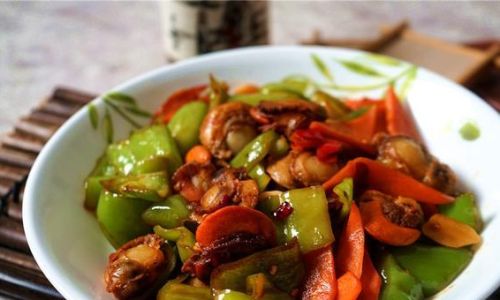
Vegetables: Adding Crunch and Color
A medley of vegetables not only enhances the dish’s visual appeal but also provides contrasting textures. Common additions include:
- Bell Peppers: Red, green, or yellow peppers contribute sweetness and crunch.
- Onions: Sliced into thin wedges, they caramelize slightly during cooking, adding depth.
- Celery: Offers a refreshing crispness and subtle earthy flavor.
- Carrots: Julienned for a hint of sweetness and vibrant color.
- Garlic and Ginger: Minced or finely chopped, these aromatics form the flavor base.
Sauces and Seasonings: Binding It All Together
The sauce is the soul of the dish, balancing salty, sweet, and umami elements. Key components include:
- Soy Sauce: Light soy sauce adds saltiness, while dark soy sauce contributes color and richness.
- Oyster Sauce: A thick, briny sauce that imparts a savory depth.
- Rice Wine (Shaoxing Wine): Enhances the dish’s aroma and tenderizes the scallops.
- Sesame Oil: A finishing touch that adds nutty richness.
- Cornstarch: Mixed with water to create a slurry, it thickens the sauce and ensures it clings to the ingredients.
Oil and Heat: The Cook’s Allies
A neutral oil with a high smoke point, such as peanut or vegetable oil, is essential for stir-frying. It allows the ingredients to cook rapidly without burning, while the wok’s high heat sears the scallops and caramelizes the vegetables.
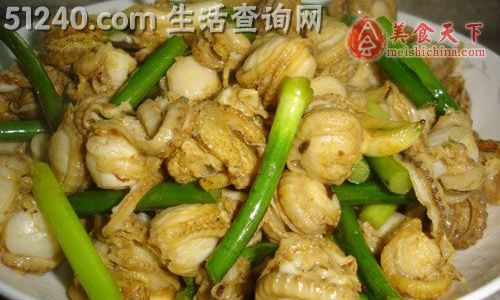
The Cooking Process: Step by Step
Preparing the Scallops
- Cleaning: Rinse the scallops under cold water to remove any grit or sand.
- Drying: Gently pat them dry with paper towels to prevent steaming.
- Marinating (Optional): For added flavor, marinate the scallops in a mixture of soy sauce, rice wine, and a pinch of white pepper for 10–15 minutes.
Prepping the Vegetables
- Uniformity: Cut vegetables into uniform sizes to ensure even cooking.
- Aromatics: Mince garlic and ginger finely to release their flavors quickly.
Making the Sauce
Combine soy sauce, oyster sauce, rice wine, sesame oil, and cornstarch in a bowl. Adjust the ratios to taste, keeping in mind that the sauce should coat the ingredients without being overly thick.
Stir-Frying: The Dance of Heat and Motion
- Heat the Wok: Preheat the wok over high heat until it begins to smoke. Add oil and swirl to coat the surface.
- Sear the Scallops: Add the scallops in a single layer, spacing them apart to prevent steaming. Sear for 1–2 minutes per side until golden brown. Remove and set aside.
- Stir-Fry the Aromatics: Add garlic and ginger to the wok, stirring constantly for 30 seconds until fragrant.
- Cook the Vegetables: Toss in the vegetables, stir-frying for 2–3 minutes until crisp-tender.
- Reintroduce the Scallops: Return the scallops to the wok and pour in the sauce. Toss gently to coat, cooking for an additional 1–2 minutes until the sauce thickens.
- Finish with Sesame Oil: Drizzle a touch of sesame oil for aromatic complexity.
The Science Behind Stir-Frying
Stir-frying is more than just a cooking method—it’s a science. The high heat (typically between 375–450°F or 190–232°C) rapidly cooks ingredients, preserving their nutrients and textures. The Maillard reaction, which occurs when proteins and sugars are exposed to heat, creates the dish’s signature caramelized flavors. Meanwhile, the cornstarch in the sauce acts as a thickening agent through gelatinization, ensuring the sauce clings to the ingredients without becoming gloppy.
Cultural Significance and Regional Variations
Stir-fried scallop meat holds a special place in Chinese culinary traditions, often served during festive occasions and family gatherings. Its versatility allows it to adapt to regional tastes:
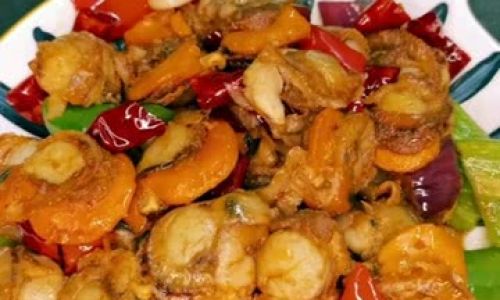
- Cantonese Style: Emphasizes the scallops’ natural flavor with minimal seasoning, often paired with snow peas and water chestnuts.
- Sichuan Style: Incorporates fiery chili peppers and Sichuan peppercorns for a numbing, spicy kick.
- Shanghainese Style: Features a sweet-and-sour glaze, balanced with a touch of vinegar.
Health Benefits and Nutritional Profile
Beyond its culinary appeal, stir-fried scallop meat offers notable health benefits:
- Protein-Rich: Scallops are an excellent source of lean protein, essential for muscle repair and immune function.
- Low in Calories: A 3-ounce serving contains approximately 75 calories, making it a guilt-free indulgence.
- Vitamin and Mineral Boost: Vegetables like bell peppers provide vitamin C, while ginger and garlic offer anti-inflammatory properties.
Tips for Perfecting the Dish
- Avoid Overcrowding: Cook in batches if necessary to prevent steaming.
- Master the Timing: Scallops cook quickly—overcooking results in a rubbery texture.
- Use Fresh Ingredients: The dish’s flavor hinges on the quality of the scallops and vegetables.
- Adjust the Sauce: Taste and tweak the sauce before adding it to the wok to suit your preferences.
Serving Suggestions
Stir-fried scallop meat pairs beautifully with steamed jasmine rice, which absorbs the sauce beautifully. For a heartier meal, serve it over egg noodles or alongside fried rice. A crisp white wine, such as a Sauvignon Blanc, complements the dish’s brininess, while a light beer enhances the garlic and ginger notes.
Conclusion: A Dish That Transcends Borders
Stir-fried scallop meat is more than a meal—it’s a testament to the art of balance in cooking. Each ingredient plays a vital role, from the tender scallops to the crisp vegetables and the umami-rich sauce. Whether you’re a seasoned home cook or a novice in the kitchen, mastering this dish offers a rewarding journey into the heart of Chinese cuisine. So grab your wok, fire up the stove, and let the sizzle of stir-fried scallop meat transport you to the bustling streets of Shanghai or the serene shores of the South China Sea. Bon appétit!
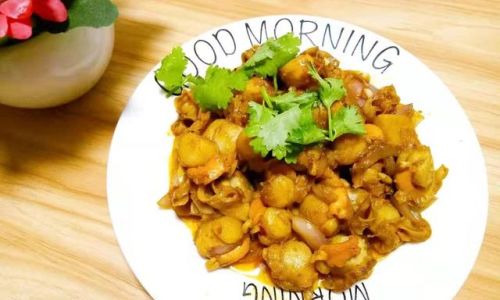


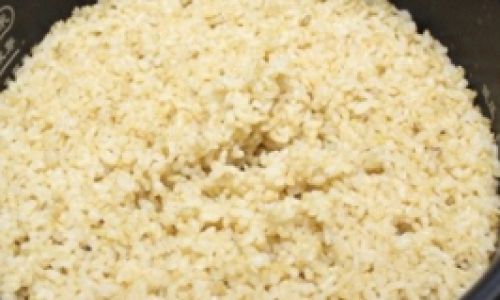
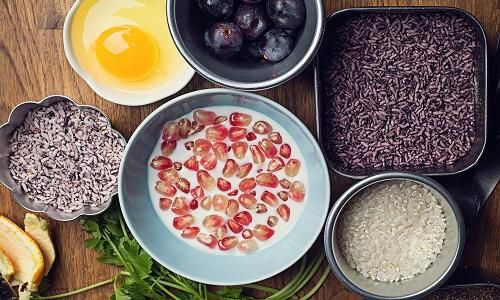
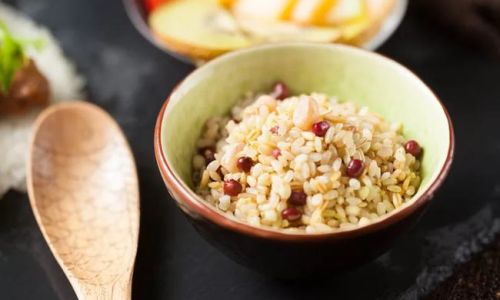
0 comments